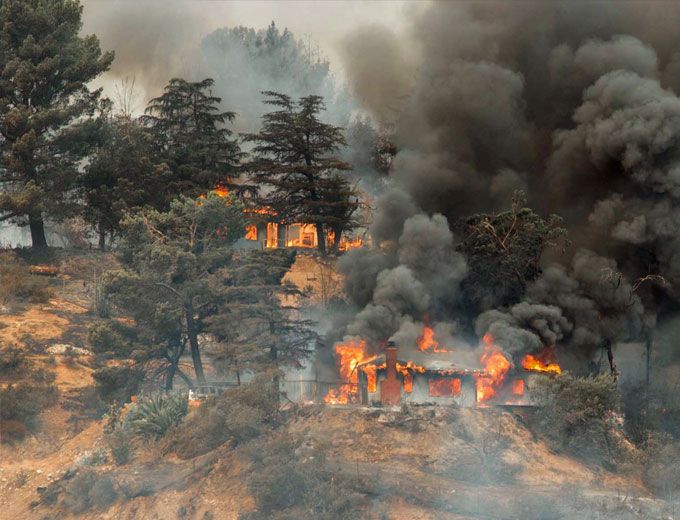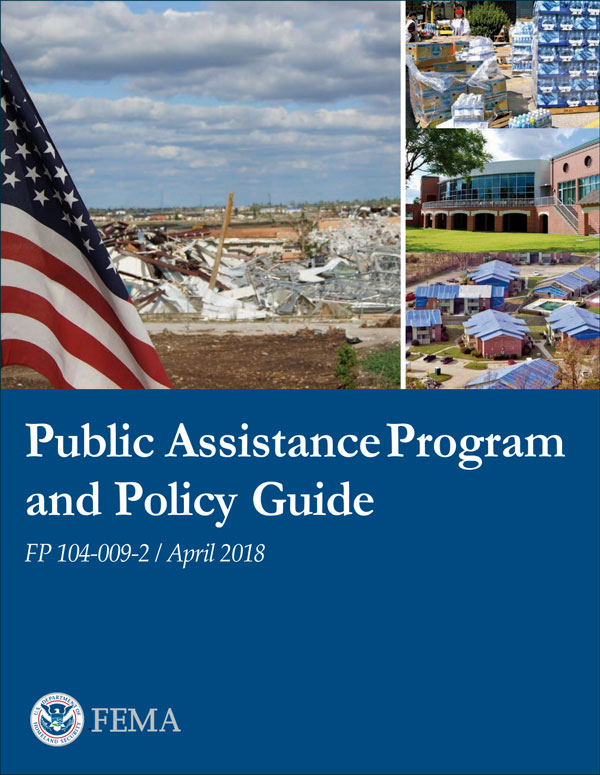
The Federal Emergency Management Agency (FEMA) has released an update to its Recovery Interim Policy FP-104-009-11, Consensus-Based Codes, Specifications and Standards for Public Assistance (Policy), Version 2.1, adding several International Codes (I-Codes), developed by the International Code Council (ICC), to the list of required Consensus-Based Codes, Specifications and Standards.
The I-Codes requirements aim to advance national resiliency and reduce community risk before and after a disaster.

The Public Assistance (PA) Grant Program is FEMA’s largest grant program averaging $4.7 billion in assistance each year to state and local governments and certain private nonprofit organizations.
Through the Public Assistance program, following a federal declaration, FEMA offers grants to eligible communities for debris removal, life-saving emergency protective measures, and the repair, replacement, or restoration of disaster-damaged publicly-owned facilities and infrastructure to respond and recover from major disasters.
The damage caused by wildfires in both California and Australia as well as the aftermath of the recent earthquakes in Puerto Rico underscore the importance of this updated Policy.
The Policy’s updates will require, for the first time, that construction adhere to:
-
The latest International Wildland Urban Interface Code (International WUI Code)
-
Which requires Ignition Resistant construction in fire prone areas;
-
-
The International Mechanical Code (IMC), and International Fuel Gas Code (IFGC):
-
Which require mechanical gas and electrical connections be tied down so as not to sever during seismic events; and
-
-
The International Plumbing Code (IPC)
-
Which includes provisions to keep piping intact following seismic events,
-
Prevent erosion following flooding, and
-
Ensure rain loads do not exceed roof carrying capacities.
-

The Policy will specify that the I-Codes will be required for federally supported construction of buildings and structures that support electric power, potable water and wastewater infrastructure.
This approach mirrors that taken by the Code Council’s Alliance for National and Community Resilience, which encourages resilience across key systems to better prepare communities against potential hazards.
The updated Policy also requires construction adhere to several additional I-Codes and Standards and continues to require the current editions of the International Building Code (ICC), International Residential Code (IRC), and International Existing Building Code.
According to the interim Policy, FEMA is utilizing the I-Codes as minimum standards for:
-
Post-disaster construction to increase the resilience of communities after a disaster,
-
Protect lives and property, and
-
Reduce future vulnerability of disaster-damaged facilities and the need for future federal disaster recovery funding.

Studies consistently endorse the adoption and implementation of current building codes as one of the strongest defenses against natural disasters and a cost-effective method for protecting important community functions including homes and businesses.
The congressionally-established National Institute of Building Sciences (NIBS), found that up to date model building codes save $11 for every $1 invested through earthquake, flood, and wind mitigation benefits, with a $4 to $1 wildfire mitigation benefit.

“We believe that implementation of this policy will contribute to increased resiliency of communities, protect lives and property, and support the efficient use of federal public assistance dollars,” explained Keith Turi, Assistant Administrator for the FEMA Recovery Directorate.
“We applaud the work of FEMA to strengthen federal policy and encourage the use of current codes,” added Code Council Chief Executive Officer Dominic Sims, CBO.
“These updated policy guidelines ensure that we build back stronger to better protect our families and communities.”
To read the complete policy, go to https://www.fema.gov/media-library/assets/documents/184615.
(Learn More. Courtesy of ICCMEDIA and YouTube.)
















